What an embarrassing time to be a New York City hater
Zohran Mamdani’s mayoral race triumph puts the lie to New York City’s doubters and haters
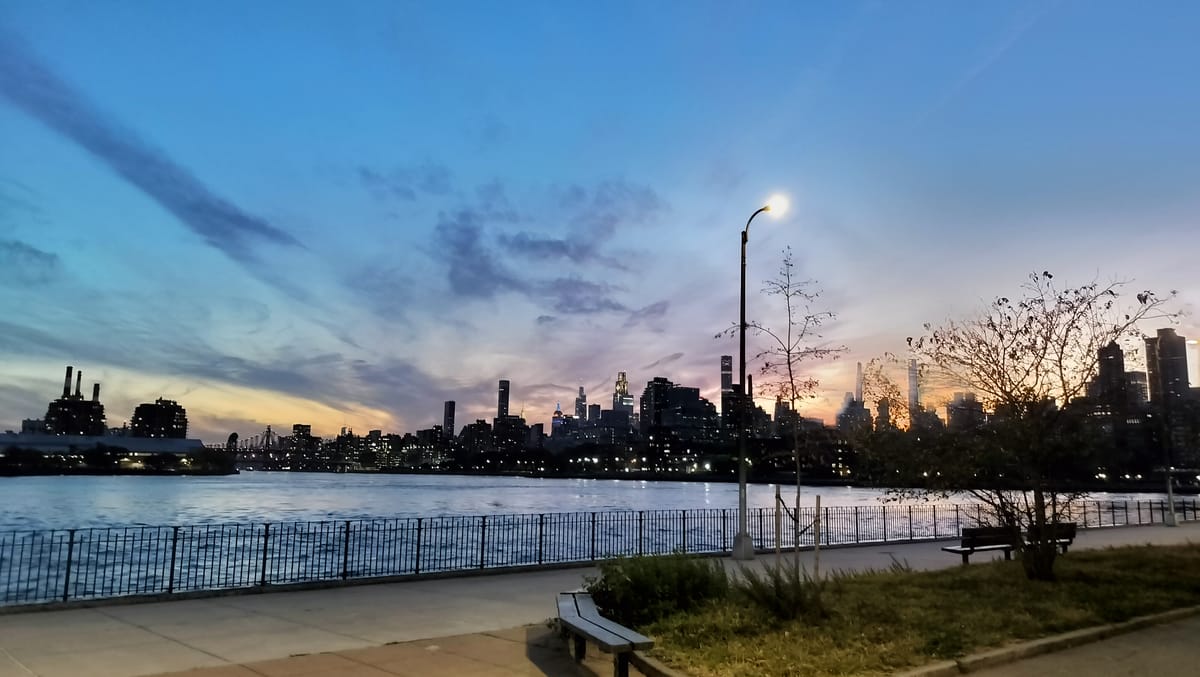
At the start of 2025, New York City was a city in crisis — or so the city establishment and its mayoral candidate of choice, Andrew Cuomo, wanted New Yorkers to believe. From the start of his campaign, Cuomo, who moved to the city from the suburbs last year, painted the picture of a crime-ridden hellscape: In his 17-minute campaign launch video, the disgraced ex-governor declared the Big Apple “in crisis” and teed off a list of supposedly universal New York City experiences like “trying not to make eye contact with a mentally ill homeless person.” As the general election wound down, Cuomo warned of a “very bleak future” for the city under his chief opponent Zohran Mamdani’s leadership: Businesses and people would flee, real estate values would depreciate and the city would face a major fiscal crisis akin to that of the 1970s.
Yet as Mamdani’s decisive romp in this Tuesday’s mayoral election showed, actual residents of the city didn’t share that bleak vision of their hometown. One would expect sensible residents of “a city in crisis” to head for the exits, but for the majority of city voters, the only “crisis” the city faced was its unaffordability. Rather than viewing the city as a crime-ridden hellscape, a majority of New York voters see it as a place they wish was cheaper so they can continue living here.
With Mamdani’s ascension to City Hall — in defiance of his and the city’s skeptics and haters — it’s time to dispense with Cuomo’s dark, Trumpist vision of the five boroughs and face the truth: Our city is on the cusp of a New Golden Age.
This would have been unfathomable five, four, even three years ago. The city lost over 300,000 residents at the outset of the pandemic to other states, not to mention another 30,000+ who died from COVID-19 itself from 2020 to 2022. Subway ridership cratered — nearly bankrupting the MTA — while crime increased. A right-wing ex-cop catapulted to City Hall on a wave of discontent among the city’s working class and business communities.
That’s not the New York City of 2025. Things are looking up for the Big Apple, on every single front the haters have been complaining about. Let’s take it point by point:
The economy
Subway ridership is surging, routinely breaking post-pandemic records over the course of the last year. The city’s economy, meanwhile, isn’t great per se — job growth was basically flat in the private sector through the first half of the year — but it looks pretty darn good compared to other American cities. New York’s 2023-to-2024 population growth outpaced that of any other city in the country.
The presence of mega-wealth is not really a good thing, especially when poverty rates remain stubbornly high, but its perseverance defies the claims of the city’s detractors. Rather than fleeing “the Red Apple,” capital is putting down roots: JP Morgan Chase CEO Jamie Dimon, far more representative of the business class than Mamdani’s Israel-obsessed adversary Bill Ackman, recently inaugurated a massive new office tower in Midtown with room for 10,000 workers, and more new office towers are on the way. Last month, Dimon begrudgingly pledged to work with Mamdani on shared goals.
Support independent local journalism. Become a member of The Groove today and you will unlock perks, discounts and more!
Rather than sounding the alarm, civic-minded corporate mouthpieces like Partnership for NYC President Kathy Wylde and Michael Bloomberg advisor Bradley Tusk (an erstwhile de Blasio foe) spent the summer singing Mamdani’s praises. (“His policies sound similar to Bill de Blasio’s, but he’s a lot more pleasant to be around,” Wylde has said.) Her successor at the Partnership this January will be none other than former Jersey City Mayor Steve Fulop, whose opposition to political cronyism and support for mass transit, bike lanes and zoning reforms could signal that even the billionaire’s union is pivoting away from doom and gloom to a vision for the city more in line with Mamdani’s.
Rather than an urban wasteland, nearly every metric paints a picture of a thriving and growing economic juggernaut. New York City is second behind only Miami in return-to-office rates and leads the country in office-to-residential conversions of older buildings. Park Avenue’s commercial real estate market is “scorching,” according to Crain’s, while a recent report declared Brooklyn’s housing market “robust” and “breaking records” in defiance of national trends. It’s no wonder then that the city’s retail market is “sizzling,” as the Wall Street Journal reported this summer. This is obviously all accelerating the city’s brutal affordability crisis — the very thing Mamdani was elected with a mandate to address — but it certainly stands in defiance of the city as a hell hole that any sensible person with means has fled.
Crime, quality of life and governance
Crime, meanwhile, is dropping in most categories, including felony assault, according to the latest NYPD figures. The Citizens Budget Commission’s surveys of city residents show increased positivity about quality of life and public safety compared to two years ago. (Less so compared to before the pandemic, but the partial collapse of society will do that. The bar has shifted.) Maybe Eric Adams deserves credit for all this, but the city’s success under his mayoralty is more likely the product of its diligent and apolitical cadre of permanent government bureaucrats. To boot, the most successful of Adams’ commissioners have been Sanitation/Police boss Jessica Tisch, who derives her power not from the mayor but from her family’s wealth and longstanding presence in municipal affairs, and City Planning chief Dan Garodnick, who Adams left alone to pursue the business community’s pro-housing zoning reform agenda.
Conversely, Transportation Commissioner Ydanis Rodriguez, who owes his job to his early and aggressive support of Adams in the 2021 primary, spent the last four years watching his agency’s projects and priorities scuttled over and over again by the mayor’s corrupt cronies (Rodriguez endorsed Mamdani in the final weeks leading up to the general election). Mamdani reportedly hopes to keep both Tisch and Garodnick, the latter as his top deputy mayor, and has flirted with bringing back some or all of the well-regarded deputy mayors who ditched Adams after he sold his soul to the GOP’s deportation agenda in exchange for a presidential pardon.

Transit and housing
Whomever he hires, Mayor-elect Mamdani has been dealt a favorable hand. Boosted by congestion pricing, itself a monumental achievement, the city’s transit map is coming up on a massive expansion: If all goes well, the MTA will begin running Metro-North service from the Bronx directly to Penn Station in 2027, putting thousands of homes in closer proximity to the Manhattan job market while creating the opportunity to build many thousands more (with Gov Hochul’s Interborough Express hopefully soon to follow). Speaking of housing, Mayor Mamdani will have the fast-track to build tens of thousands of new homes thanks to the Adams administration’s “City of Yes” zoning reforms, mayor-empowering ballot measures and up-zonings of Long Island City and Jamaica.
Culture
No matter what Donald Trump says, New York is not a ghost town. We remain the cultural capital of the world. Broadway just had its highest grossing and second-most attended year in history. Last year, a public plaza in Greenpoint hosted the free outdoor Charlie XCX (from the UK) show that launched Brat Summer. This year at the same location, Brooklyn’s own Geese debuted what is probably the best rock album by a group of New York City kids this side of the Strokes. Lorde nearly started a riot when she appeared at Washington Square Park last spring. Meanwhile, “open streets” and al fresco dining set-ups despised by some of the city’s grumpiest haters are still kicking in Dimes Square, Prospect Heights, Astoria, Jackson Heights and more, growing a new vibrant street culture across the five boroughs.
The political titans of the old New York never expected Mamdani, a millennial third-term socialist legislator, to get this far. While every other candidate in the Democratic primary bolted to the center, Mamdani crafted a campaign platform that was true to his principles but downplayed his DSA faction’s political weaknesses. His campaign spoke directly to the New York City of the present. What followed was nothing short of a civic revival: Millennial and Zoomer voters showed up to the polls in droves for Mamdani in the highest turnout municipal primary and general elections in decades. Zohran canvassers were everywhere. In the run-up to the primary, I attended a party hosted by friends whom I did not consider particularly political and spotted not one, not two, but three different groups of people there who had just come from knocking doors. New York City is fun, and Mamdani’s campaign reflected that with its Zetrocards, scavenger hunt, soccer tournament and overnight nightclub stops.
Even after Mamdani’s triumphant primary victory, certain corners of the city’s establishment media and political class with outdated priors were ready to write him off at the first sign of trouble. While Mamdani was in Uganda celebrating his wedding, a CTE-impaired gunman attacked the NFL’s Midtown headquarters, killing four people including NYPD Officer Didarul Islam. The city’s conservative pundit class salivated over what they expected to be an easy win over what they viewed as the second coming of Bill de Blasio, who infamously had cops turn their backs on him at a police funeral amid the Eric Garner protests of 2014. “NYers mourn fallen hero Didarul Islam in NYC shooting,” the New York Post Editorial Board declared two days after the shooting, “but don’t count Zohran Mamdani among them.” Writing in the centrist journal Vital City, Brandon del Pozo suggested Mamdani did not “truly understand” a city “full of immigrants born without silver spoons who join the NYPD to live a decent life and protect their neighbors so their children can be the first in their families to go to liberal arts colleges.”
While commentators confidently questioned his ability to handle the murder of a police officer, Mamdani returned to the U.S. and went straight to the home of the martyr cop’s mourning Bangladeshi Muslim family, whose mosque he had visited three times during the primary. As with practically everything else, Mamdani’s opponents misunderstood the city they were so confident he could never govern. There’s no official count of the number of Muslim police officers, but they absolutely make up a much larger portion of the NYPD — and city as a whole — than they did 10 years ago. At Islam’s funeral, Mamdani sat on the floor of the mosque with the mourning family while Adams, Tisch and Gov. Hochul looked on from the cheap seats. To paraphrase a dumb adage from the first Trump administration, that was the day Zohran Mamdani became mayor and the 2025 election ended. Politically, nothing has mattered since. Mamdani was not just the man for this political moment, but the man for this New York City.

That’s not to say the next four years will be a cakewalk for the mayor, or the city. Pro-Israel Jewish Democrats who backed Cuomo this year may jump ship to the Republicans four years from now. Outerborough immigrant communities could turn on Mamdani if they perceive his policies as a threat to the small businesses that anchor them here. One can imagine a savvy conservative politician picking off parts of Mamdani’s coalition as the mayor inevitably disappoints them on one front or another. Too many cracks in the foundation and Mayor Mamdani could face the same one-term fate of the city’s previous two mayors of color, Adams and David Dinkins.
There’s also the Donald Trump of it all: the ICE raids have already started and federal troops may be next. The president has made a hobby of picking on our state since he returned to the White House in January. That’s not going to stop. It could get much worse.
But Trump is wrong about New York. Fear City is not lurking around the corner. The “return of the Bad Old Days” is a tabloid invention that voters overwhelmingly rejected on Tuesday. This is still the cultural and economic capital of the world. The more Trump sticks his grubby little fingers in our self-governance, the more New Yorkers will rally around their mayor. If Trump leaves us alone, and he eventually will, Mamdani’s left-technocrat coalition is poised to build on the successes of recent mayoral administrations — but with an explicit commitment to not leave the city’s marginalized behind, whether they’re barely scraping by on minimum wage or just trying to give their family a comfortable middle class life in the greatest city in the world.
Mamdani is a political wunderkind whose refusal to go off-message and desire to succeed offers a path out of the petty culture wars of the last few decades. His would-be opponents should see that as an opportunity. New York City is on the come-up — the missing piece has been a mayor who actually wants to lead us rather than pit us against one another for political points.
Welcome to the Golden Age of New York City.

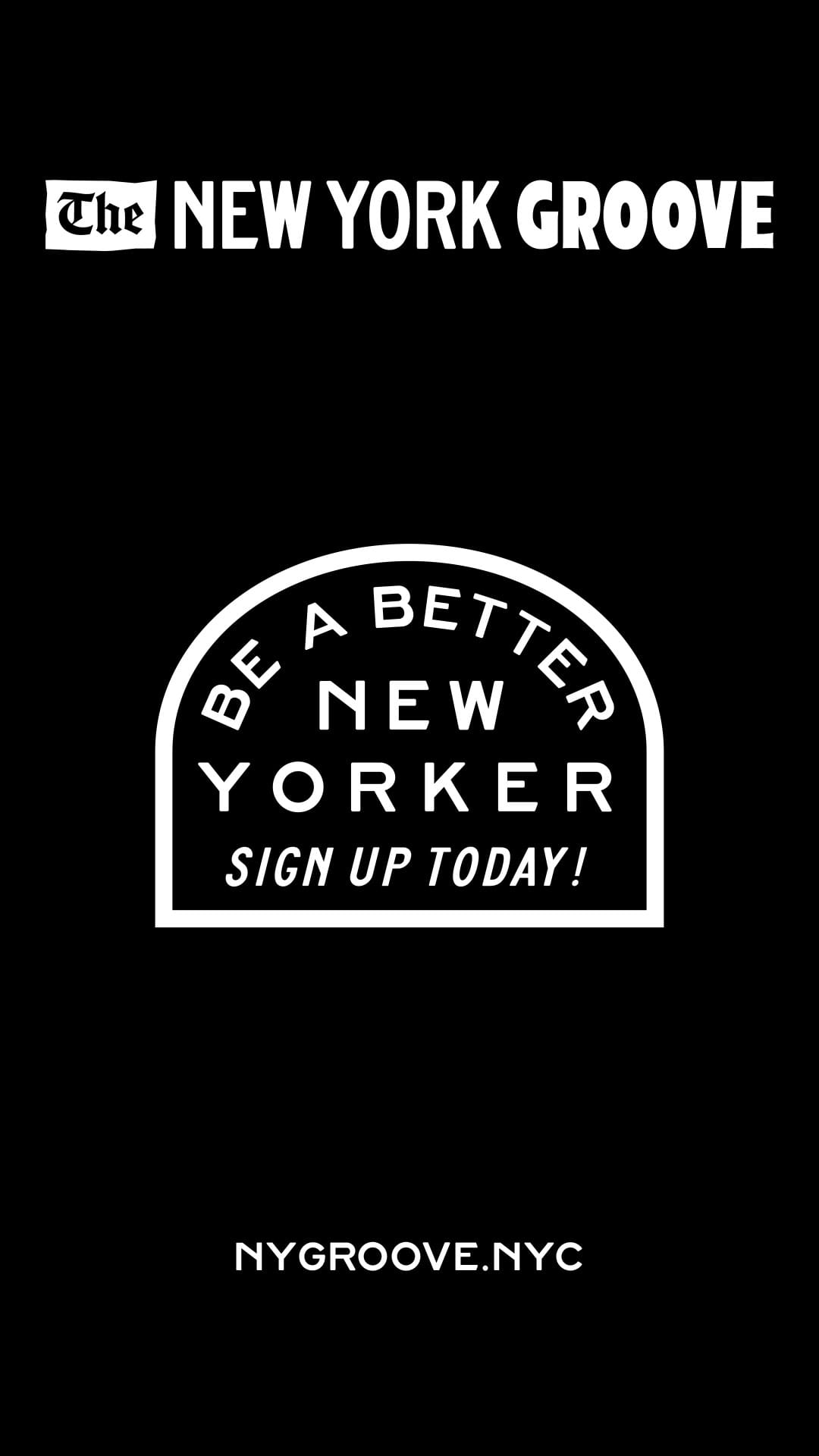
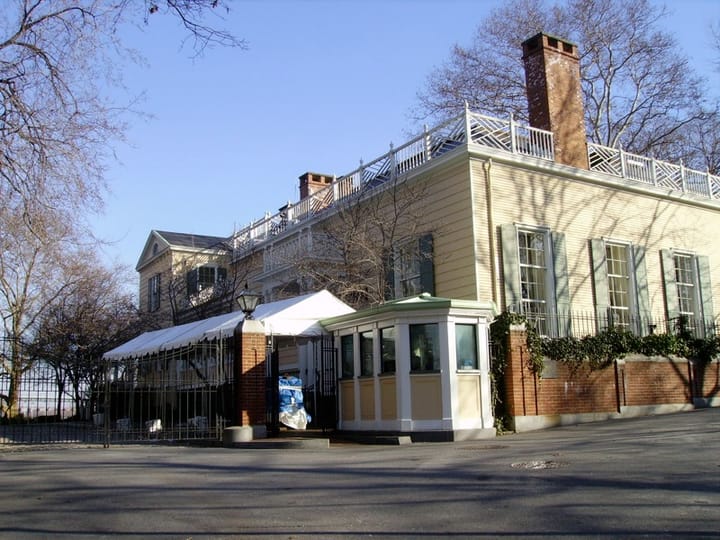
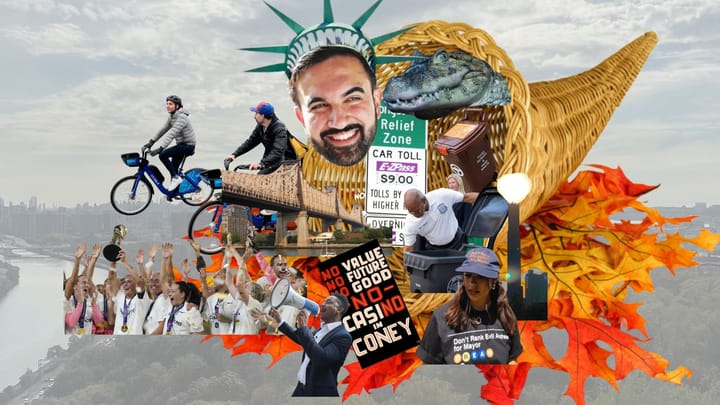
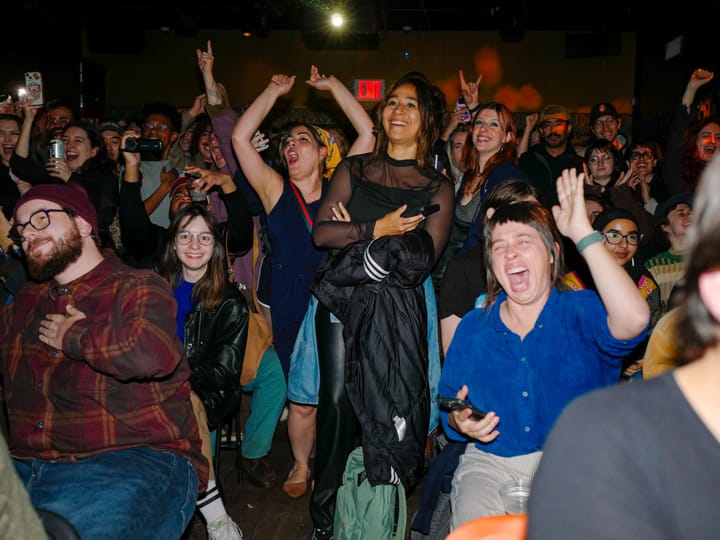
Comments ()